目录
- 前言
- 一、引用System.Drawing
- 二、实现截屏
- 1.简单截屏
- 2.绘制鼠标
- 3.转换成wpf对象
- 4.屏幕采集
- 三、完整代码
- 四、使用示例
- 1.截屏
- 2.屏幕采集
- 总结
前言
wpf做屏幕录制或者屏幕广播之类的功能时需要实现截屏,在C#中比较容易实现的截屏方法是使用GDI+,本文将展示使用GDI+截屏的具体实现方案,包括如何绘制鼠标,按帧率采集屏幕、将GDI+对象转成wpf对象等。
一、引用System.Drawing
在wpf中使用GDI+功能需要引入System.Drawing库,有2种方式:在.net framework中直接引用系统库即可。在.net core中可以引用mono实现的跨平台的System.Drawing,提供接口与系统程序集是一模一样的,而且性能略好一些。
方法一、引用系统程序集
1、右键引用
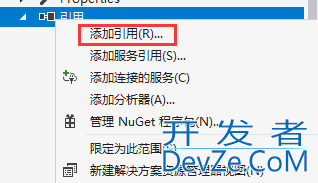
2、搜索drawing,勾选后确定即可。
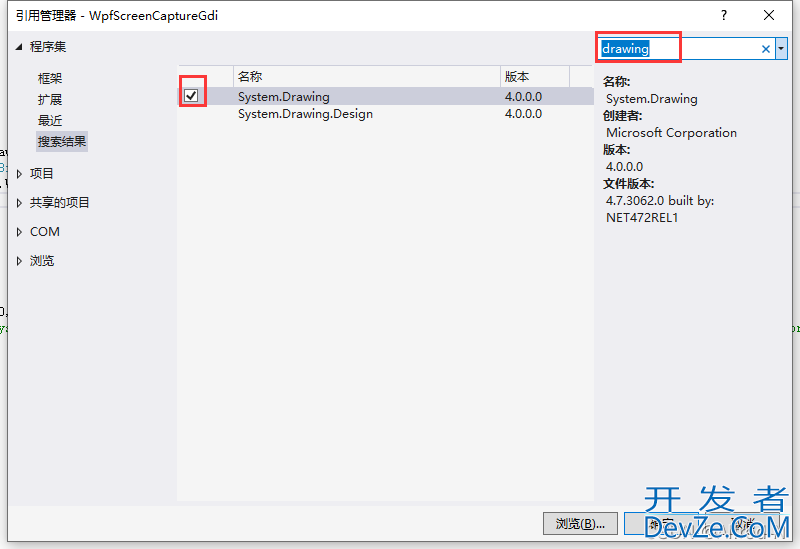
方法二、NuGet获取跨平台Drawing
在.net core中无法引用系统的Drawing,只能通过Nuget获取跨平台Drawing。1、右键引用打开NuGet界面
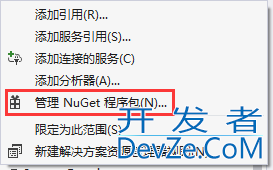
2、搜索drawing并安装
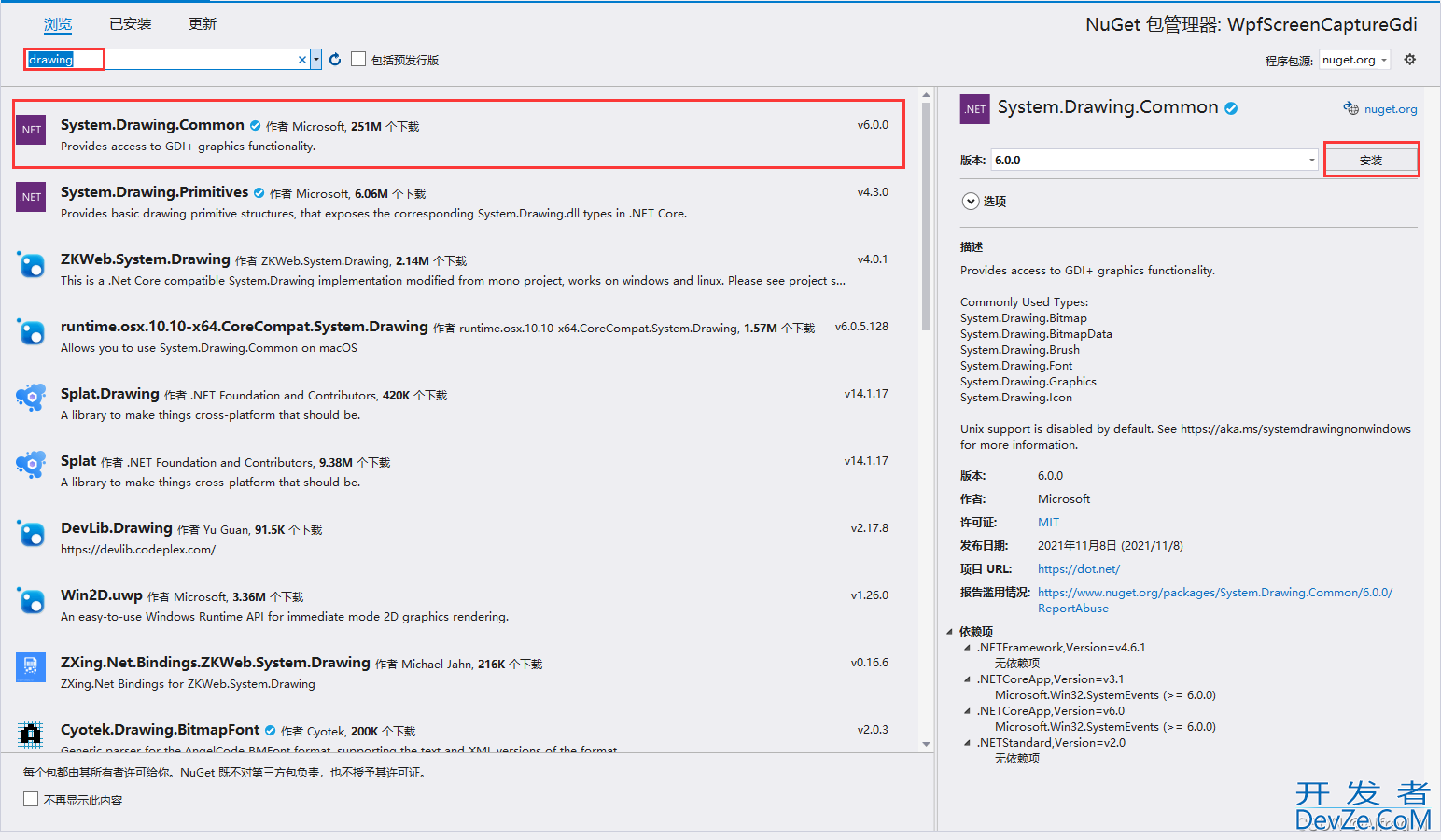
二、实现截屏
1.简单截屏
简单的截屏只需几行代码即可实现:
/// <summary>
/// 截取一帧图片
/// </summary>
/// <param name="x">x坐标</param>
/// <param name="y">y坐标</param>
/// <param name="width">宽</param>
/// <param name="height">高</param>
/// <returns>截屏后的位图对象,需要调用Dispose手动释放资源。</returns>
public static System.Drawing.Bitmap Snapshot(int x, int y, int width, int height)
{
System.Drawing.Bitmap bitmap = new System.Drawing.Bitmap(width, height, System.Drawing.Imaging.PixelFormat.Format32bppArgb);
using (System.Drawing.Graphics graphics = System.Drawing.Graphics.FromImage(bitmap))
{
graphics.CopyFromScreen(x, y, 0, 0, new System.Drawing.Size(width, height), System.Drawing.CopyPixelOperation.SourceCopy);
}
return bitmap;
}
2.绘制鼠标
上述方式实现的截屏是没有鼠标的,如果要显示鼠标则需要我们手动绘制,通过获取鼠标的icon绘制到背景图像中。绘制鼠标需要用到win32Api以及gdi的rop。大致步骤如下(示例):
CURSORINFO ci;
ICONINFO info = new ICONINFO();
ci.cbSize = Marshal.SizeOf(typeof(CURSORINFO));
if (GetCursorInfo(out ci))
{
if (GetIconInfo(ci.hCursor, info))
{
if (异或光标)
{
使用gdi的rop绘制
}
else
{
using (var icon = System.Drawing.Icon.FromHandle(ci.hCursor))
{
graphics.DrawIcon(icon, mouseX, mouseY);
}
}
}
}
3.转换成wpf对象
参考我的另一篇文章《C# wpf Bitmap转换成WriteableBitmap(BitmapSource)的方法》
4.屏幕采集
基于上面的实现加上开线程及循环截屏就可以做到屏幕采集了。示例代码如下:
System.Drawing.Bitmap bitmap = new System.Drawing.Bitmap(width, height, System.Drawing.Imaging.PixelFormat.Format32bppArgb);
using (System.Drawing.Graphics graphics = System.Drawing.Graphics.FromImage(bitmap))
{
while (!_exitFlag)
{
graphics.CopyFromScreen(x, y, 0, 0, new System.Drawing.Size(width, height), System.Drawing.CopyPixelOperation.SourceCopy);
//绘制鼠标
...
//绘制鼠标--end
//将位图数据写入wpf对象、编码推流等
...
//将位图数据写入wpf对象、编码推流等--end
Thread.Sleep(帧率延时);
}
}
三、完整代码
通过上述方法得到的接口设计如下(不含具体实现):
/// <summary>
/// 截屏事件参数
/// </summary>
public class ScreenCaptureEventArgs : EventArgs
{
/// <summary>
/// 像素格式
/// </summary>
public System.Drawing.Imaging.PixelFormat PixelFormat { set; get; }
/// <summary>
/// 图像宽
/// </summary>
public int Width { set; get; }
/// <summary>
/// 图像高
/// </summary>
public int Height { set; get; }
}
/// <summary>
/// 截屏数据事件参数
/// </summary>
public class ScreenCaptureDataEventArgs : ScreenCaptureEventArgs
{
/// <summary>
/// 图像数据
/// </summary>
public IntPtr Data { set; get; }
/// <summary>编程;
/// 数据长度
/// </summary>
public int Length { set; get; }
/// <summary>
/// 一行数据长度
/// </summary>
public int Stride { set; get; }
}
/// <summary>
/// 数值类型
/// </summajavascriptry>
public enum ScreenCaptureValueType
{
/// <summary>
/// 实际值
/// </summary>
TrueValue,
/// <summary>
/// 按比例计算
/// </summary>
RadioValue
}
/// <summary>
/// 截屏对象
/// </summary>
public class ScreenCapture
{
/// <summary>
/// 截屏事件,每截取一帧都会回调
/// </summary>
public event EventHandler<ScreenCaptureDataEventArgs> Captured;
/// <summary>
/// 截屏开始时回调
/// </summary>
public event EventHandler<ScreenCaptureEventArgs> Started;
/// <summary>
/// 结束时回调
/// </summary>
public event EventHandler Stoped;
/// <summary>
/// 截屏是否已停止
/// </summary>
public bool IsStoped { private set; get; }
/// <summary>
/// 是否截取鼠标
/// </summary>
public bool IsPaintMouse { set; get; } = true;
/// <summary>
/// 截屏区域的计算方式
/// TrueValue为实际值。RatioValue为比例值,范围0-1,全屏设为0,0,1,1,则无论任何设备任何分辨率都是截取全屏。
/// </summary>
public ScreenCaptureValueType ClipRectValueType { private set; get; } = ScreenCaptureValueType.RadioValue;
/// <summary>
/// 截屏区域X坐标
/// </summary>
public double ClipX { private set; get; } = 0;
/// <summary>
/// 截屏区域Y坐标
/// </summary>
public double ClipY { private set; get; } = 0;
/// <summary>
/// 截屏区域宽
/// </summary>
public double ClipWidth { private set; get; } = 1;
/// <summary>
/// 截屏区域高
/// </summary>
public double ClipHeight { private set; get; } = 1;
/// <summary>
/// 截屏帧率
/// </summary>
public double Framerate{ set; get; }=30;
/// <summary>
/// 设置截屏区域
/// </summary>
/// <param name="x">x坐标</param>
/// <param name="y">y坐标</param>
/// <param name="width">宽</param>
/// <param name="height">高</param>
/// <param name="valueType">TrueValue为实际值。RatioValue为比例值,范围0-1,全屏设为0,0,1,1,则无论任何设备任何分辨率都是截取全屏。</param>
public void SetClipRect(double x, double y, double width, double height, ScreenCaptureValueType valueType);
/// <summary>
/// 启动屏幕采集
/// </summary>
public void Start();
/// <summary>
/// 停止屏幕采集
/// 异步方法,Stoped事件为真正的停止。
/// </summary>
public void Stop();
/// <summary>
/// 截取一帧图片
/// </summary>
/// <param name="x">x坐标</param>
/// <param name="y">y坐标</param>
/// <param name="width">宽</param>
/// <param name="height">高</param>
/// <param name="isPaintMouse">是否绘制鼠标</param>
/// <returns>截屏后的位图对象,需要调用Dispose手动释放资源。</returns>
public static System.Drawing.Bitmap Snapshot(int x, int y, int width, int height, bool isPaintMouse);
四、使用示例
1.截屏
xaml
<Window x:Class="WpfScreenCaptureGdi.MainWindow"
XMLns="http://schemas.microsoft.com/winfx/2006/xaml/presentationpython"
xmlns:x="http://schemas.microsoft.com/winfx/2006/xaml"
xmlns:d="http://schemas.microsoft.com/expression/blend/2008"
xmlns:mc="http://schemas.openxmlformats.org/markup-compatibility/2006"
xmlns:local="clr-namespace:WpfScreenCaptureGdi"
mc:Ignorable="d"
title="C# wpf使用GDI+实现截屏效果" Height="450" Width="800">
<Grid Cursor="Cross">
<Image x:Name="img" ></Image>
</Grid>
</Window>
cs
public MainWindow()
{
InitializeComponent();
var bm = ScreenCapture.Snapshot(0, 0, 1920, 1080, true);
var wb = BitmapInterop.BitmapToWriteableBitmap(bm);
img.Source = wb;
bm.Dispose();
}
效果预览:
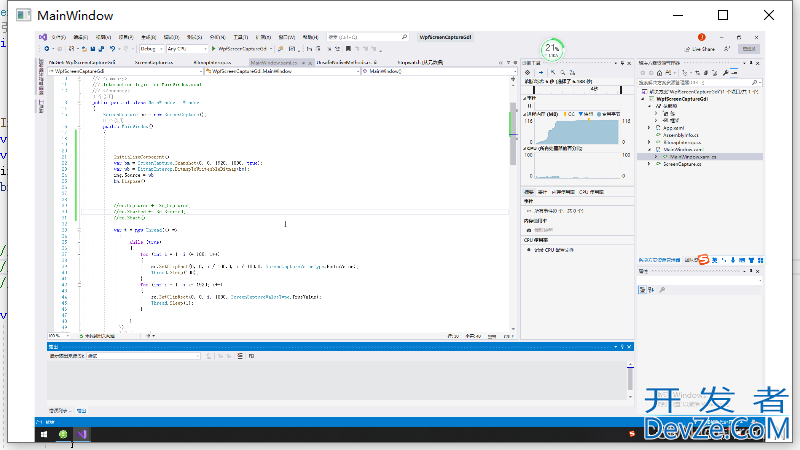
2.屏幕采集
示例一、显示桌面
xaml
<Window x:Class="WpfScreenCaptureGdi.MainWindow"
xmlns="http://schemas.microsoft.com/winfx/2006/xaml/presentation"
xmlns:x="http://schemas.microsoft.com/winfx/2006/xaml"
xmlns:d="http://schemas.microsoft.com/expression/blend/2008"
xmlns:mc="http://schemas.openxmlformats.org/markup-compatibility/2006"
xmlns:local="clr-namespace:WpfScreenCaptureGdi"
mc:Ignorable="d"
title="C# wpf使用GDI+实现截屏效果" Height="450" Width="800"
Closing="Window_Closing"
>
<Grid Cursor="Cross">
<Image x:Name="img" ></Image>
</Grid>
</Window>
cs
ScreenCapture sc = new ScreenCapture();
public MainWindow()
{
InitializeComponent();
//注册事件
sc.Captured += Sc_Captured;
sc.Started += Sc_Started;
//开始采集
sc.Start();
}
private void Sc_Started(object sender, ScreenCaptureEventArgs e)
{
Dispatcher.Invoke(() =>
{
//初始化位图对象
img.Source = BitmapInterop.CreateCompatibleWriteableBitmap(e.Width, e.Height, e.PixelFormat);
});
}
private void Sc_Captured(object sender, ScreenCaptureDataEventArgs e)
{
//采集的画面用于显示
Dispatcher.Invoke(() =>
{
var wb = img.Source as WriteableBitmap;
if (wb.Width < e.Width || wb.Height < e.Height)
//宽高改变了重新初始化位图对象
{
wb = BitmapInterop.CreateCompatibleWriteableBitmap(e.Width, e.Height, e.PixelFormat);
img.Source = wb;
}
wb.WritePixels(new Int32Rect(0, 0, e.Width, e.Height), e.Data, e.Length, e.Stride, 0, 0);
});
}
private void Window_Closing(object sender, System.ComponentModel.CancelEventArgs e)
{
//异步的方式退出才不会造成死锁
if (!sc.IsStoped)
{
sc.Stop();
sc.Stoped += (s, e) =>
{
Dispatcher.Invoke(() =>
{
Close();
});
};
e.Cancel = true;
}
}

示例二、动态调整参数
可以在采集过程中动态调整参数,比如采集区域、帧率、鼠标绘制。
在示例一的基础上添加如下代码:
//测试动态调整参数
var t = new Thread(() =>
{
while (true)
php{
for (int i = 1; i <= 100; i++)
{
sc.SetClipRect(0, 0, i / 100.0, i / 100.0, ScreenCaptureValueType.RadioValue);
Thread.Sleep(100);
}
for (int i = 1; i <= 1920; i++)
{
python sc.SetClipRect(0, 0, i, 1080, ScreenCaptureValueType.TrueValue);
Thread.Sleep(1);
}
}
});
t.IsBackground = true;
t.Start();
//测试动态调整参数 --end
效果预览:
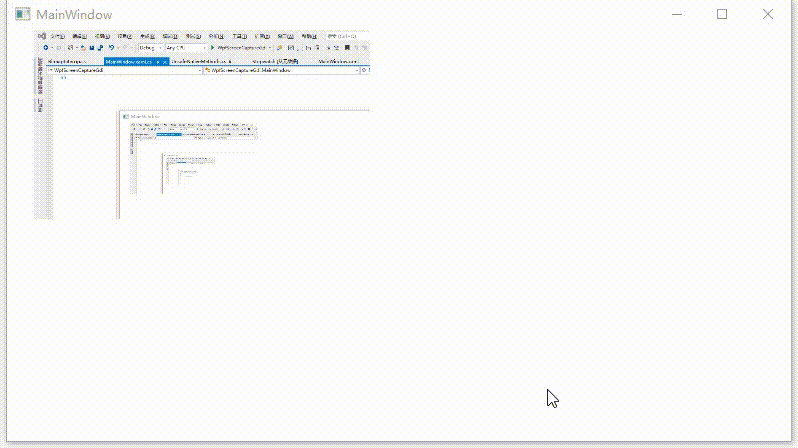
总结
本文简单介绍GDI+截屏的方法,添加鼠标的实现以及将GDI+对象转换成wpf对象,和屏幕采集的实现,总的来说不算是特别容易,原理很简单但是有不少细节需要处理,尤其是调试中出现资源释放问题,需要有c++开发的意识,才能很好的定位和解决问题。
到此这篇关于C# wpf使用GDI+实现截屏效果的文章就介绍到这了,更多相关C# wpf截屏内容请搜索编程客栈(www.devze.com)以前的文章或继续浏览下面的相关文章希望大家以后多多支持编程客栈(www.devze.com)!

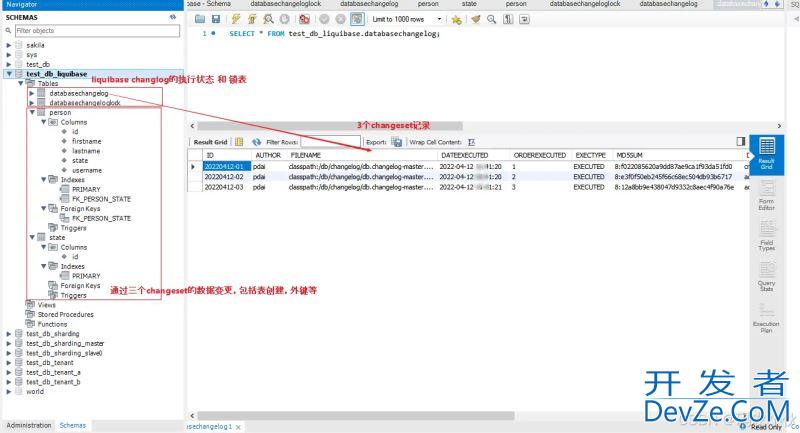

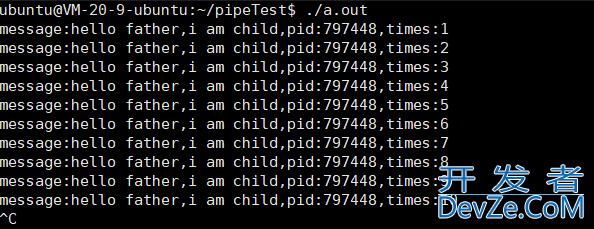
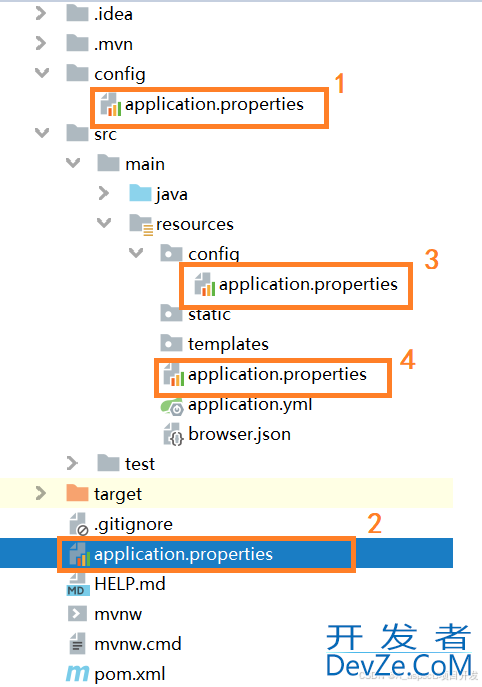
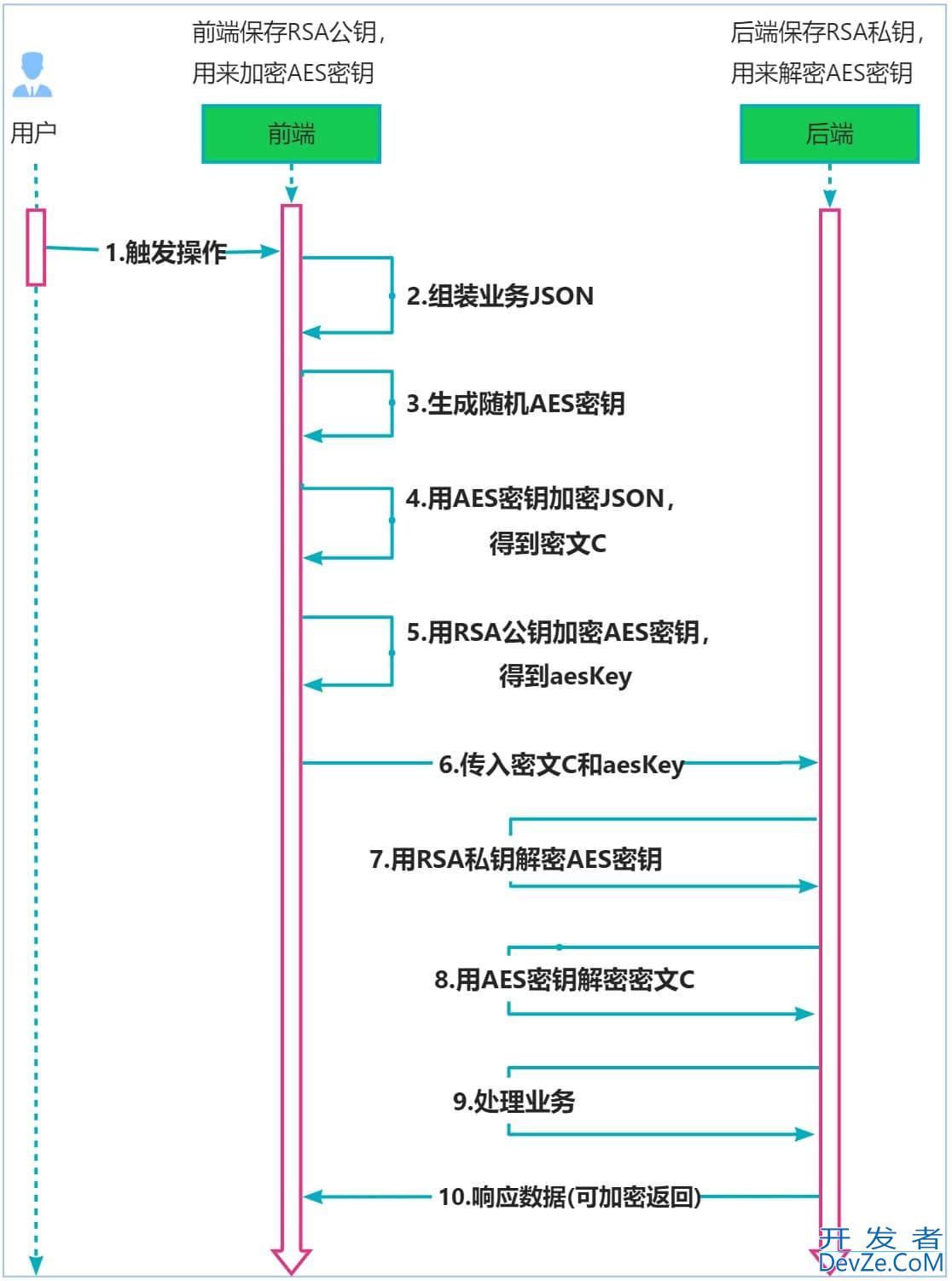
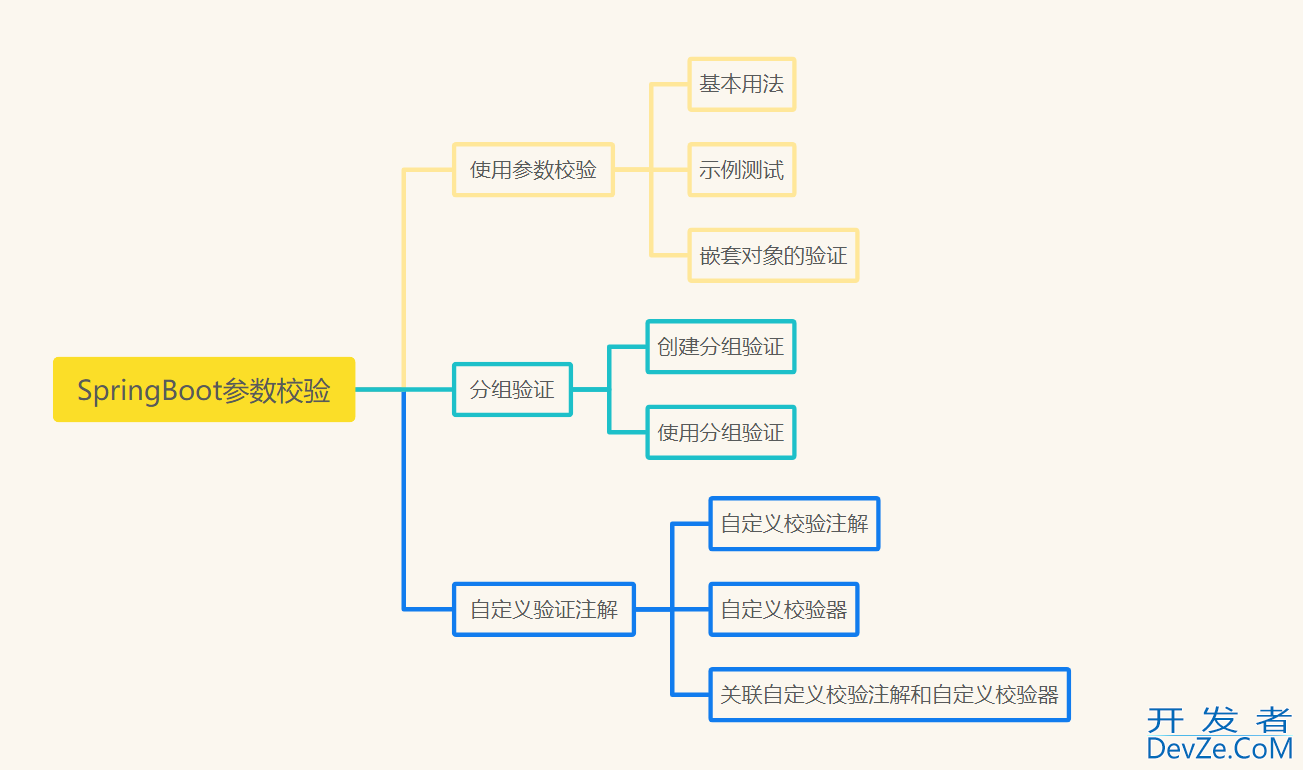

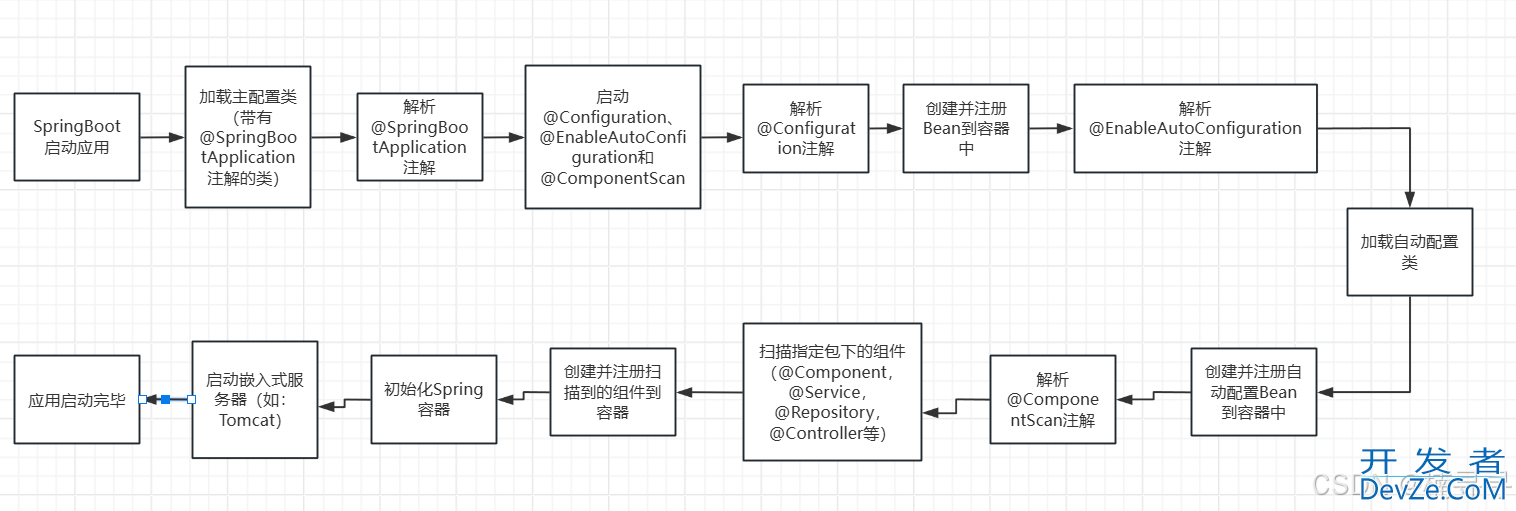
 加载中,请稍侯......
加载中,请稍侯......
精彩评论